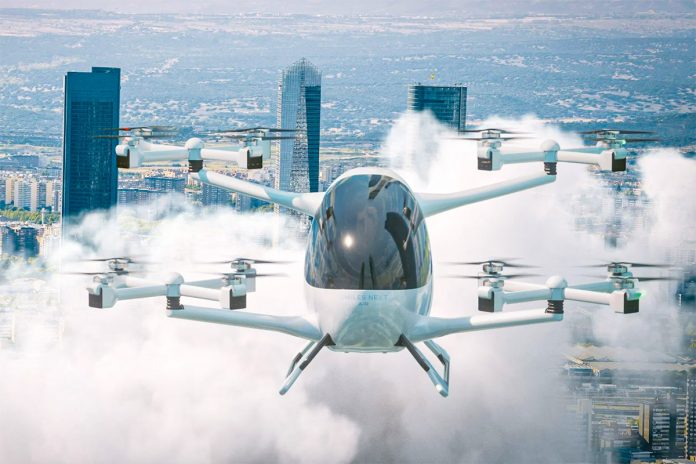In the evolving landscape of urban air mobility, a Spanish company named Crisalion Mobility, formerly known as UMiles Next, is making strides with its unique approach to electric vertical take-off and landing (eVTOL) aircraft. Based in Madrid, the company has a diverse portfolio that includes autonomous and remote-controlled ground vehicles as well as cutting-edge eVTOL designs. This broad spectrum of transport solutions is part of Crisalion’s integrated vision to streamline both cargo and passenger operations.
The highlight of Crisalion’s aviation technology is the FlyFree propulsion system, which employs a distinctive mechanism designed to enhance in-flight stability. Traditionally, eVTOL designs, such as the eHang 216-S, need to tilt their entire frame to initiate movement or stabilize against wind gusts, which can discomfort passengers. In contrast, Crisalion’s FlyFree system maintains a level cabin by independently tilting the propulsion units rather than the entire aircraft.
FlyFree propulsion system: An overview
The FlyFree system resembles a conventional quadcopter layout but diverges significantly in its engineering. At the end of each arm, instead of a single propeller, there’s a smaller quadcopter frame featuring four smaller propellers. These secondary frames are designed to tilt independently of the aircraft’s main body. The system functions passively; the tilting mechanism utilizes a ball and socket design that allows the propeller banks to flop to the side when the thrust is not engaged, using the mass of the fuselage as a stabilizing counterweight.
This design was tested in human-scale prototypes, demonstrating that it could deliver on its promise of stability. However, it also introduces unique challenges. Each main arm’s tilting point presents a potential single point of failure. If one fails, it could result in losing a quarter of the propulsion capabilities instantaneously. Furthermore, the use of 16 smaller diameter propellers in lieu of fewer larger ones introduces inefficiencies. This setup demands more power to maintain lift and, without any wings for glide efficiency, significantly reduces the aircraft’s range.
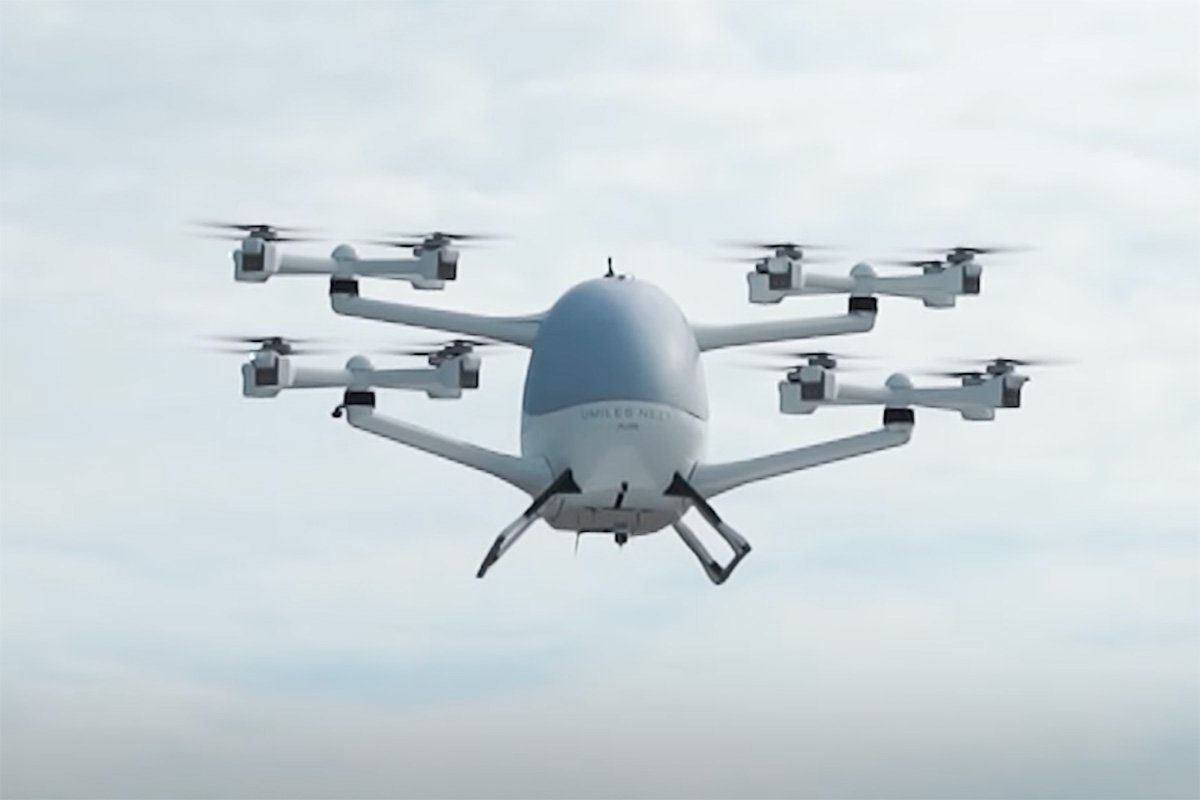
Adjustments in newer designs
Addressing some of these issues, Crisalion’s more recent design renderings for the five-seat Integrity air taxi showcase a modified FlyFree propulsion system. While maintaining the original 4×4 propeller layout, the new design incorporates broad wings and a T-tail, enabling more efficient cruise flight. The latest system appears to use active tilt mechanisms controlled by flight software, which adjusts the angle of the propeller banks in response to flight conditions and pilot inputs. This reduces the inefficiency of having multiple small propellers and improves redundancy by modifying the single points of failure in the tilting mechanism.
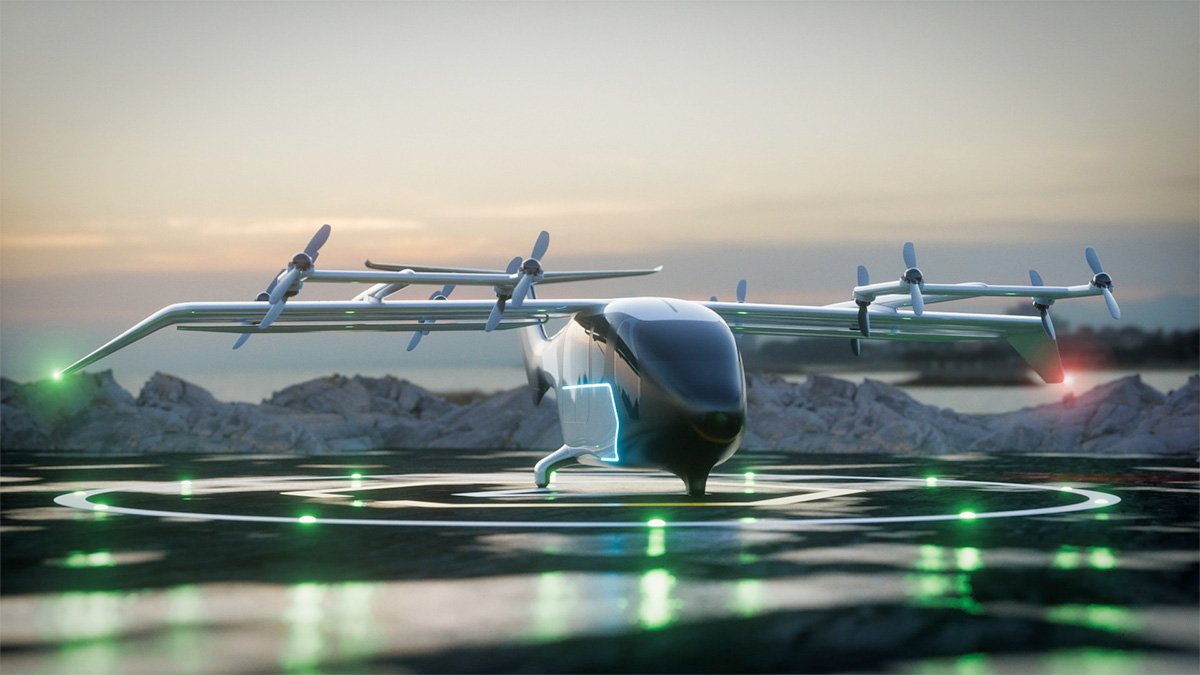
Ground vehicle integration and future prospects
Alongside its aerial innovations, Crisalion Mobility is also developing a range of ground vehicles, including autonomous mobility pods, golf carts, personal minicars, and futuristic dump trucks designed for rugged terrains like the Moon’s surface. These vehicles are intended to work in concert with the eVTOL aircraft, creating a cohesive transportation network.
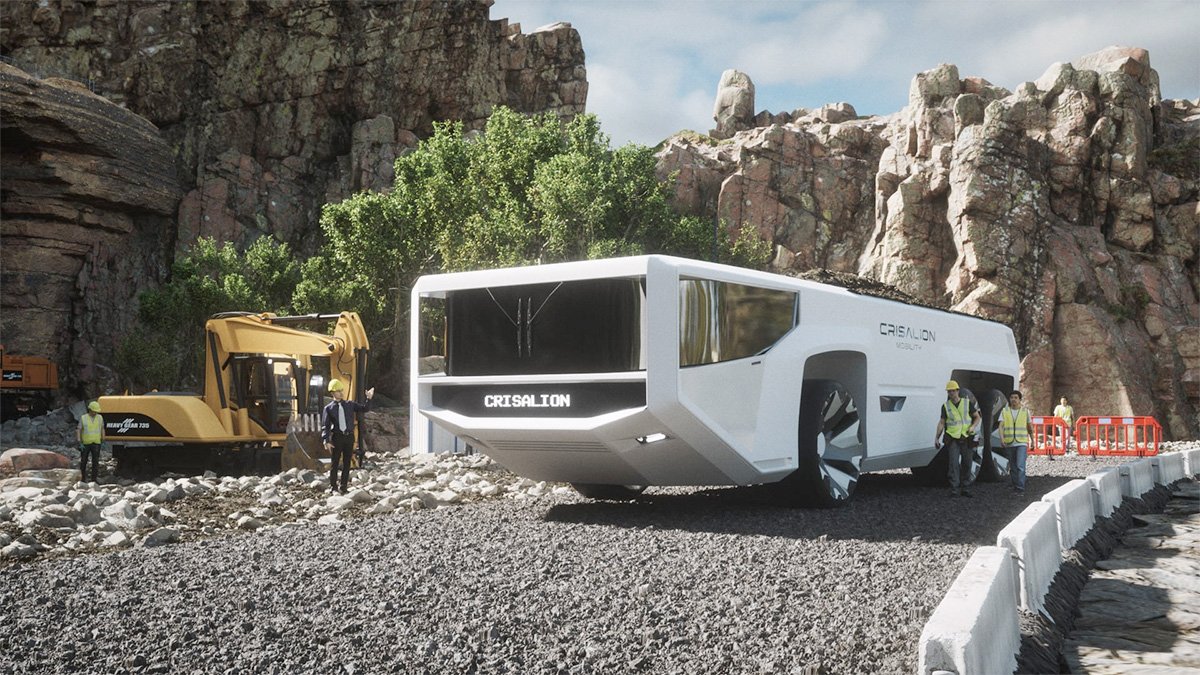
Despite the promising prototypes and innovative designs, Crisalion’s focus seems to be on its terrestrial vehicle offerings, with plans to launch them later this year backed by a $27 million Series B investment. The Integrity eVTOL aircraft, on the other hand, is not expected to enter the market until around 2030.
Pricing and availability
As of now, Crisalion Mobility has not released specific pricing details for the Integrity eVTOL aircraft. The pricing will likely be revealed closer to the commercial launch date, considering the evolving technologies and market conditions that could affect cost structures. Potential customers and investors are advised to stay tuned for updates as the project progresses towards its commercial phase.
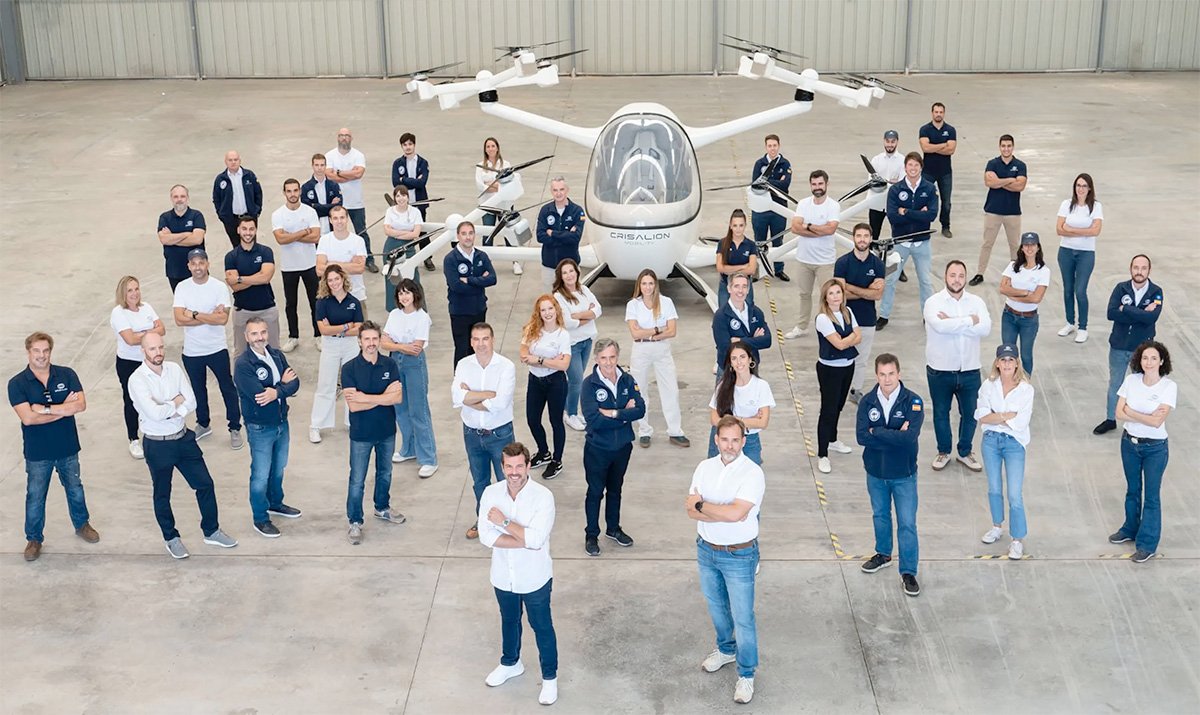
In conclusion, Crisalion Mobility’s FlyFree propulsion system offers a unique take on eVTOL design, prioritizing passenger comfort and stability. Although it faces certain technical challenges, the company’s ongoing development and adjustments indicate a commitment to refining this innovative technology. As urban air mobility continues to develop, the integration of such advanced systems will play a crucial role in shaping the future of transportation.
Source: Crisalion

